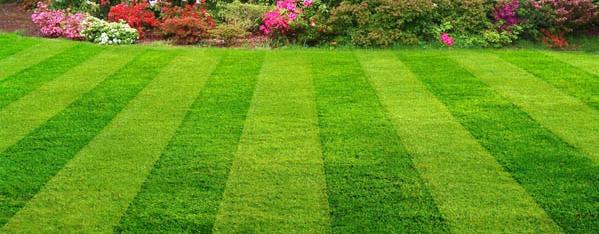- Call for for information, advise and prices
tel: 056-7723199
We can arrange your own mix.
Grass seed barrow available free of charge locally.
- For all your Equestrian needs check out
tackshop.ie
For all your Farming needs check outmilkingmachineliners.ie
For all your Electric fencing needs check outelectricfencers.ie



